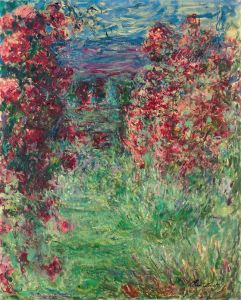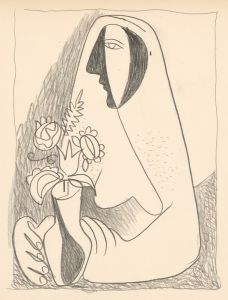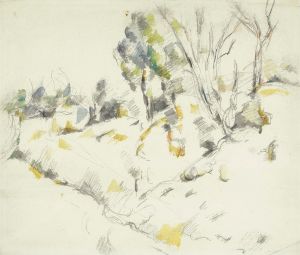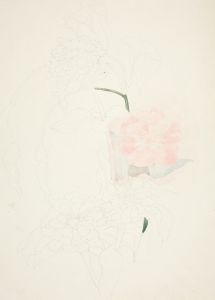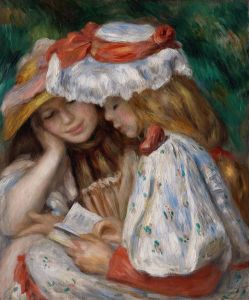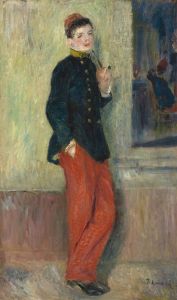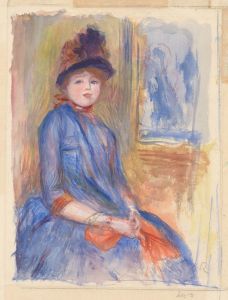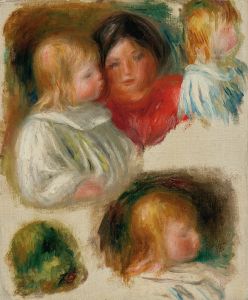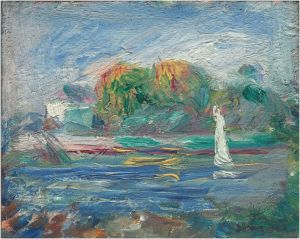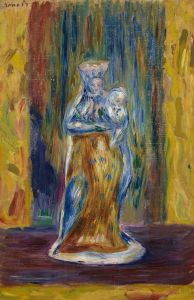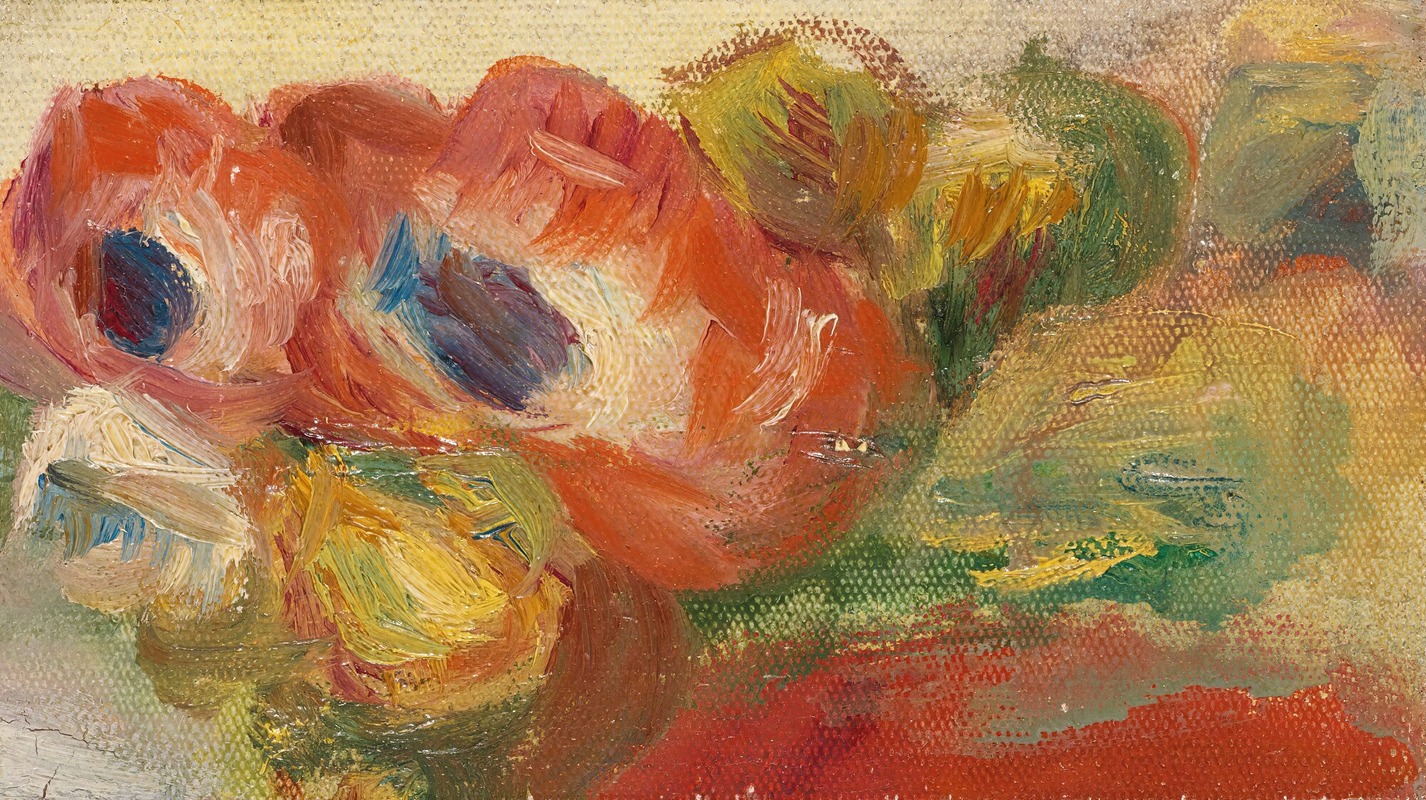
Anémones
A hand-painted replica of Pierre-Auguste Renoir’s masterpiece Anémones, meticulously crafted by professional artists to capture the true essence of the original. Each piece is created with museum-quality canvas and rare mineral pigments, carefully painted by experienced artists with delicate brushstrokes and rich, layered colors to perfectly recreate the texture of the original artwork. Unlike machine-printed reproductions, this hand-painted version brings the painting to life, infused with the artist’s emotions and skill in every stroke. Whether for personal collection or home decoration, it instantly elevates the artistic atmosphere of any space.
Pierre-Auguste Renoir, a prominent French Impressionist painter, is celebrated for his vibrant use of color and his ability to capture the beauty of everyday life. Among his extensive body of work is the painting Anémones, which exemplifies his mastery of still life compositions. This artwork features a bouquet of anemone flowers, arranged in a vase, rendered with Renoir's characteristic soft brushstrokes and luminous palette.
Anémones reflects Renoir's interest in exploring the interplay of light, texture, and color. The painting showcases the delicate petals of the anemones, which are depicted in a variety of hues, including reds, whites, and purples. The flowers are set against a subtly textured background, allowing their vibrant colors to stand out. Renoir's technique of layering colors and blending tones creates a sense of depth and movement, bringing the still life to life.
Renoir often painted floral still lifes throughout his career, finding inspiration in their natural beauty and the opportunity they provided to experiment with color and form. Anémones is a testament to his ability to infuse even the simplest subjects with a sense of vitality and warmth. The painting is believed to have been created during the later years of Renoir's life, a period when he increasingly focused on still lifes and portraits due to the physical challenges posed by rheumatoid arthritis.
The exact date of creation for Anémones is not definitively documented, but it is consistent with Renoir's later style, characterized by a softer, more fluid approach to brushwork. During this time, Renoir often painted at his home in the south of France, where he was surrounded by the natural beauty that inspired much of his work.
Today, Anémones is held in a private collection, and it has been exhibited in various galleries and museums, allowing audiences to appreciate Renoir's skill and artistry. As with many of Renoir's works, the painting continues to be celebrated for its ability to evoke a sense of joy and appreciation for the simple pleasures of life.
This artwork remains an enduring example of Renoir's contribution to the Impressionist movement and his ability to capture the ephemeral beauty of the world around him.





